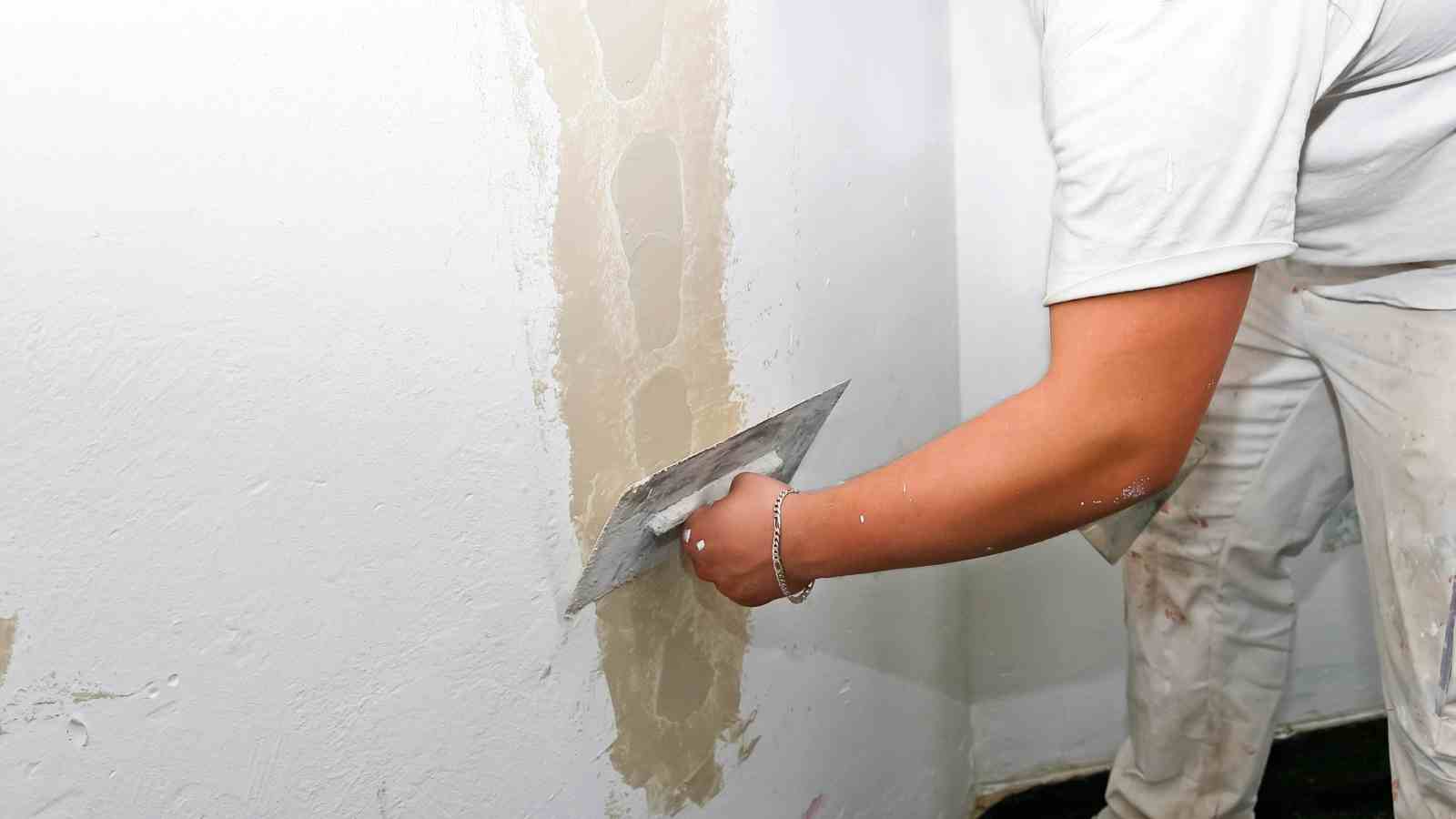When you're purchasing a new house or buying it on a second version, the joy is palpable. The investments are finally paying off and you have the house of your dreams in front of you. It is natural you cannot wait to start living in this one. The interior decoration plans are full-fledged under processing and you are too excited about the worthy deal.
But hold on for just a minute before you start spending time there. You haven't noticed that you need a couple of things to get fixed before you plan the move in. This is because contractors and promoters are busy building a house, it is you who needs to make it into a home. There may be cracks and uneven finishing's that need to be dealt with before starting to shift your things in there.
You surely don't want the clutter the place again after you have settled down. Covering up furniture and accessories to avoid the dust and dirt of repair work can get very troublesome.
So here are a few things you need to check before you shift to your new residence.
Plaster it up
Before you fix a day to move in, visit the house to check on the walls and the floors or pillars. Fine hairline cracks may have emerged due to excess construction jerks created by hammers and tools. The contractors may not cover up for every little intricate fault. They may not notice it at all. But as you own this house now, it is going to bother you to see the flaws here and there.
Check for the cracks near the corners. Those are prone to damage and yet you may overlook it sometimes. Fill in the gaps immediately so that no further damage is procured. You should also carefully inspect the walls for signs of damage before painting them or putting up wallpapers. Apply a coat of plaster to the broken cemented spots to even out the texture. You cannot apply paints on the uneven wall as it will only end up ruining the look. The application of wallpaper also requires a smooth surface. So you need to call in a professional to fix the rough surface if you are not good at managing this kind of job.
Look along the edges
- While putting up the doors and fixing the windows, and the glass shutters. There are chances that the edges might break or little pieces make fall out. The cracks can be very visible around the frames of the wall frames or the window frames. Also, there is a chance the frames may fall out in the long run and may cause a safety issue. So it's better to apply plaster and tighten up the gaps before they widen up.
- Then next you should pay a visit to the bathrooms to check the nooks and taps. The pipelines are also attached to the walls with plaster, the taps as well are supported by a coating of plaster to the mouth of the pipes. Constant dribbling of water can weaken the strength of the earlier coat. So you need to check around the mouth of the pipes for any kind of leakage as it will be quite inconvenient for a new home.
- If you are having an outhouse or a pantry upstairs, sometimes even a room on the roof, plaster may prove to be very beneficial in a specific way. The false ceilings are not concrete and resistant to heat. So the asbestos roof may absorb the heat and make the room extremely uncomfortable in summers. The false ceiling tiles or bricks are not well equipped against blocking the hot radiation. To avoid such a condition, one can apply several coats of plaster before laying the tiles. They are effective against heat waves and are an easy and cheap method to maintain the temperature of such a room without investing in many expensive and costly devices like the air conditioner or the air cooler.
But it is always wise to remember that the work of plastering can get messy. So you do not want to bring in your things and then start working on the touch-ups. Recommended on our part that you finish up with the check-up and cracks, then hire a trained person to mend them before you shift to your new home.
Sometimes it may also happen that even after applying the coating , the plaster itself is crumbling after a few days. In that case it might be because of the damp walls which easily get soaked in rain water. Under such circumstances the plaster does not stick to the walls properly and the damage still prevails. The right thing to do then is to call up the man of expertise in construction fields and ask him for a better solution.

